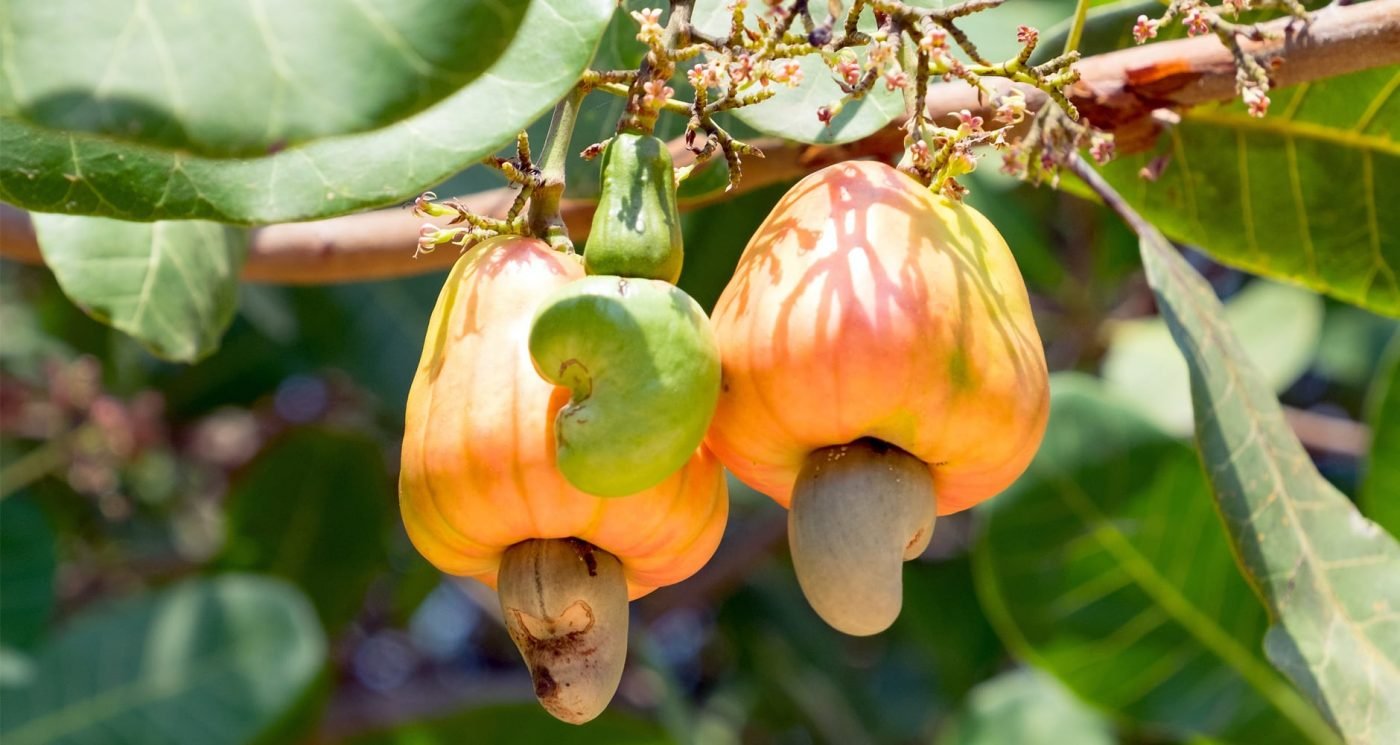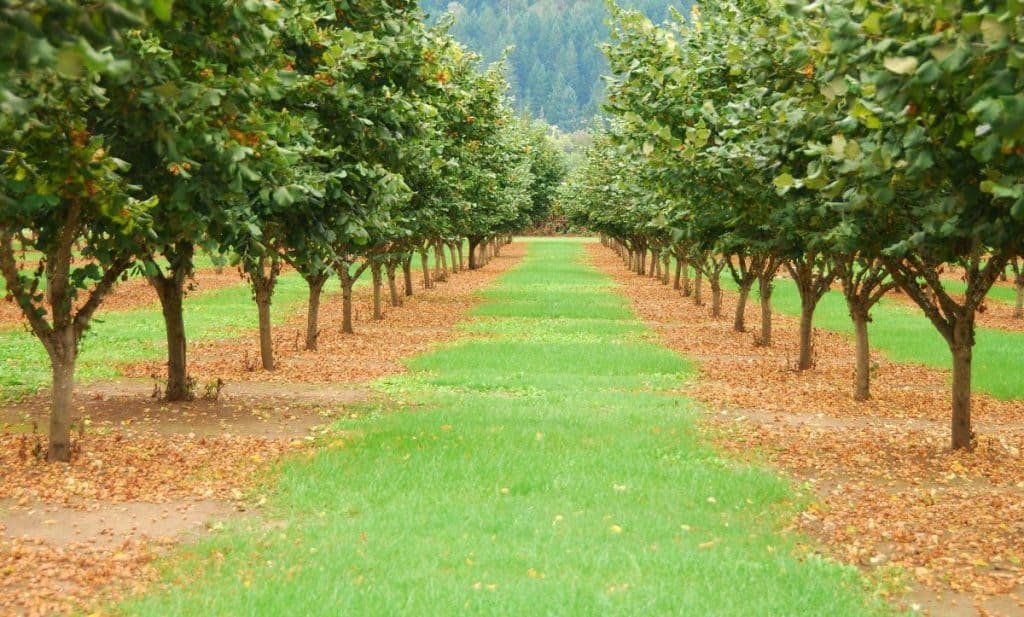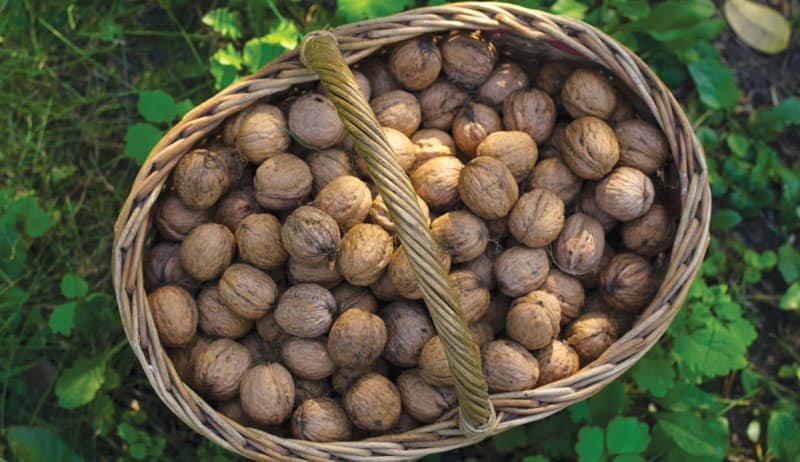How to Start a Tree Nut Farm? To start a tree nut farm, begin by selecting the appropriate tree species for your climate and soil, preparing the land with proper irrigation and fertilization, planting nut trees at the optimal spacing, and implementing pest management strategies to ensure healthy tree growth and a productive harvest.
Growing Your Own Nutty Business: Tips for Starting a Successful Tree Nut Farm
Tree nut farming is an important sector in the agriculture industry, providing a significant contribution to the economy and food supply. Tree nuts, such as almonds, walnuts, and pistachios, are highly valued for their nutritional benefits and versatility in various culinary applications. In recent years, there has been a growing demand for tree nuts due to their health benefits and increasing popularity among consumers.
This article will provide a comprehensive guide to tree nut farming, covering topics such as choosing the right tree nut crops, preparing the land, understanding soil and water requirements, nutrient management, equipment selection, planting and care techniques, pest and disease management, harvesting and storage methods, marketing strategies, and essential business skills.
Choosing the Right Tree Nut Crops for Your Farm
When considering tree nut farming, it is crucial to choose the right tree nut crops that are suitable for your farm’s climate, soil conditions, and market demand. Factors to consider when selecting tree nut crops include the adaptability of the crop to your region’s climate, the soil type and fertility requirements of the crop, the market demand for different tree nuts, and the profitability of each crop.
Popular tree nut crops include almonds, walnuts, pecans, pistachios, and hazelnuts. Each tree nut crop has its own characteristics and requirements. Almonds are known for their high nutritional value and versatility in various culinary applications. They require well-drained soil and a Mediterranean climate with mild winters and hot summers. Walnuts are valued for their rich flavor and high omega-3 fatty acid content. They prefer deep, well-drained soil with good water-holding capacity.
| Feature | Pecan | Hazelnut | Walnut | Almond | Macadamia |
|---|---|---|---|---|---|
| Climate Suitability | Warm, long growing seasons | Cooler climates, moderate summers | Variety-specific hardiness | Warm, dry summers | Tropical/subtropical, frost-sensitive |
| Time to Bearing | 5-10+ years | 3-4 years | 5-10+ years | 4-6 years | 7-10 years |
| Yield Potential | High | Moderate | High | Variable | Variable |
| Pollination Needs | Some varieties need cross-pollination | Some varieties need cross-pollination | Some varieties need cross-pollination | Self-fertile but some varieties benefit from cross-pollination | Self-fertile but some varieties benefit from cross-pollination |
| Pest & Disease Susceptibility | Varies by region | Varies by region | Varies by region | Varies by region | Varies by region |
| Demand | Strong | Growing niche | Strong | Global market | Niche, growing |
| Price Point | Moderate | Moderate | Moderate | Moderate | Highest |
| Processing Needs | Shelling | Shelling | Shelling | Shelling, hulling | Extensive processing |
| Water Requirements | Moderate | Moderate | Moderate | High | Moderate |
Market demand is another important factor to consider when choosing tree nut crops. Almonds have seen a significant increase in demand due to their health benefits and versatility in various food products. Walnuts have also experienced a rise in popularity due to their nutritional value and use in baking and snacking. Pecans, pistachios, and hazelnuts also have their own market demand and profitability potential.
How to Prepare Your Land for Tree Nut Farming
Before starting a tree nut farm, it is essential to prepare the land properly to ensure optimal growth and productivity of the trees. The first step in land preparation is soil testing and analysis. This helps determine the soil’s nutrient content, pH level, and organic matter content. Based on the soil test results, appropriate amendments can be made to improve the soil’s fertility and structure.
Land preparation techniques for tree nut farming include clearing the land of any existing vegetation, leveling the ground, and removing any rocks or debris that may hinder tree growth. The land should be plowed or tilled to loosen the soil and create a suitable seedbed for planting. It is also important to establish an irrigation and drainage system to ensure proper water management.
Understanding Soil and Water Requirements for Tree Nut Farming
Tree nut crops have specific nutrient requirements that must be met for optimal growth and productivity. Soil management techniques such as proper fertilization, mulching, and cover cropping can help maintain soil fertility and provide essential nutrients to the trees. Regular soil testing should be conducted to monitor nutrient levels and adjust fertilizer applications accordingly.
Water management is crucial in tree nut farming as these crops require adequate moisture for growth and development. Irrigation systems should be designed to provide sufficient water to the trees while avoiding waterlogging or drought stress. The water requirements of tree nut crops vary depending on factors such as climate, soil type, tree age, and stage of growth. Monitoring soil moisture levels and using efficient irrigation methods can help conserve water and optimize tree health.
The Importance of Proper Nutrient Management
Proper nutrient management is essential for tree nut farming to ensure healthy tree growth, high yields, and good nut quality. Fertilizer application techniques should be based on soil test results and the specific nutrient requirements of the tree nut crop. Nutrient deficiencies can lead to reduced yields, poor nut quality, and increased susceptibility to pests and diseases.
Both organic and synthetic fertilizers can be used in tree nut farming. Organic fertilizers, such as compost and manure, provide slow-release nutrients and improve soil structure and fertility over time. Synthetic fertilizers, on the other hand, provide readily available nutrients that can be quickly absorbed by the trees. The choice between organic and synthetic fertilizers depends on factors such as cost, availability, and environmental considerations.
Nutrient deficiency symptoms should be monitored regularly to identify any deficiencies or imbalances in the trees. Common nutrient deficiencies in tree nut crops include nitrogen, phosphorus, potassium, calcium, magnesium, and zinc. Remedies for nutrient deficiencies may include adjusting fertilizer applications, foliar sprays, or soil amendments.
Selecting the Right Equipment for Your Tree Nut Farm
Having the right equipment is crucial for efficient tree nut farming operations. Equipment is needed for various tasks such as planting, harvesting, and processing tree nuts. When selecting equipment, factors to consider include the size of your farm, the specific tree nut crops you are growing, your budget, and the availability of equipment in your area.
For planting tree nuts, equipment such as tree planters or transplanters can be used to ensure accurate spacing and proper depth of planting. Harvesting equipment for tree nuts includes mechanical shakers or sweepers that can efficiently remove nuts from the trees. Processing equipment such as hullers, shellers, and sorters are used to clean and separate the nuts from their shells.
Maintenance and repair of equipment are also important aspects of tree nut farming. Regular maintenance checks should be conducted to ensure that equipment is in good working condition. Repairs should be done promptly to avoid any disruptions in farming operations.
How to Plant and Care for Your Tree Nut Trees
Proper planting and care techniques are essential for the successful establishment and growth of tree nut trees. When planting tree nut trees, it is important to consider factors such as spacing, depth, and orientation. Proper spacing allows for adequate sunlight penetration and airflow, which helps prevent diseases and promotes healthy tree growth. The depth of planting should be such that the bud union or graft union is above the soil surface.
Pruning and training techniques are important for shaping the tree, promoting good structure, and maximizing fruit production. Pruning should be done during the dormant season to remove dead or diseased wood, improve light penetration, and maintain an open canopy. Training techniques such as limb spreading or trellising can help manage tree size and improve fruit quality.
Pest and disease management is crucial in tree nut farming to prevent yield losses and ensure tree health. Regular monitoring of pests and diseases is important to detect any infestations or infections early. Integrated pest management (IPM) techniques, such as cultural practices, biological control, and judicious use of pesticides, can help manage pests and diseases effectively while minimizing environmental impact.
Managing Pests and Diseases in Your Tree Nut Farm
Tree nut crops are susceptible to various pests and diseases that can cause significant damage if not properly managed. Common pests in tree nut farming include aphids, mites, caterpillars, weevils, and borers. These pests can cause damage to leaves, flowers, nuts, or the entire tree. Disease problems in tree nut farming include fungal diseases such as powdery mildew, botrytis blight, and root rot.
Prevention is key in managing pests and diseases in tree nut farming. Good orchard sanitation practices, such as removing fallen leaves or debris, can help reduce pest and disease pressure. Monitoring for pests and diseases regularly allows for early detection and timely intervention. Integrated pest management (IPM) techniques, such as the use of beneficial insects, pheromone traps, and cultural practices, can help manage pests and diseases effectively while minimizing the use of pesticides.
Harvesting and Storing Your Tree Nuts for Maximum Profit
Harvesting tree nuts at the right time and using proper handling and storage techniques are crucial for maintaining nut quality and maximizing profit. Each tree nut crop has its own harvesting techniques and maturity indicators. For example, almonds are harvested when the hulls split open, revealing the mature nuts inside. Walnuts are harvested when the husks turn brown and start to split.
Post-harvest handling techniques such as cleaning, drying, and sorting are important to remove any debris or foreign material and ensure good nut quality. Proper storage conditions, including temperature and humidity control, are essential to prevent mold growth, insect infestation, or nut spoilage. Quality control measures such as regular inspections and testing can help maintain nut quality and ensure compliance with market standards.
Marketing Your Tree Nuts: Strategies for Success
Marketing plays a crucial role in the success of a tree nut farm. Market research and analysis should be conducted to identify target markets, understand consumer preferences, and assess market trends. This information can help determine the appropriate branding and packaging strategies for your tree nuts.
Branding is important in creating a unique identity for your tree nuts and differentiating them from competitors. Packaging should be attractive, informative, and functional to appeal to consumers and protect the nuts during transportation and storage. Sales and distribution channels should be established to reach target markets effectively, whether through direct sales to consumers, wholesalers, retailers, or online platforms.
Essential Business Skills for Running a Successful Tree Nut Farm
Running a successful tree nut farm requires not only agricultural knowledge but also essential business skills. Financial management and budgeting skills are important to ensure profitability and sustainability of the farm. Record keeping and data analysis skills help monitor farm performance, track expenses and revenues, and make informed decisions.
Human resource management skills are important for managing farm labor, including hiring, training, and supervising employees. Effective communication and leadership skills are crucial for building a productive and motivated team. Compliance with labor laws and safety regulations is also important to ensure a safe and fair working environment.
Tree nut farming is an important sector in the agriculture industry, providing valuable contributions to the economy and food supply. Proper planning and management are essential for the success of a tree nut farm.
Choosing the right tree nut crops, preparing the land, understanding soil and water requirements, implementing proper nutrient management, selecting the right equipment, planting and caring for the trees, managing pests and diseases, harvesting and storing the nuts, marketing strategies, and essential business skills are all crucial aspects of tree nut farming.
With proper knowledge and implementation of these practices, tree nut farmers can achieve optimal yields, high-quality nuts, and profitability in this growing industry.
Originally posted 2024-03-16 15:52:11.






